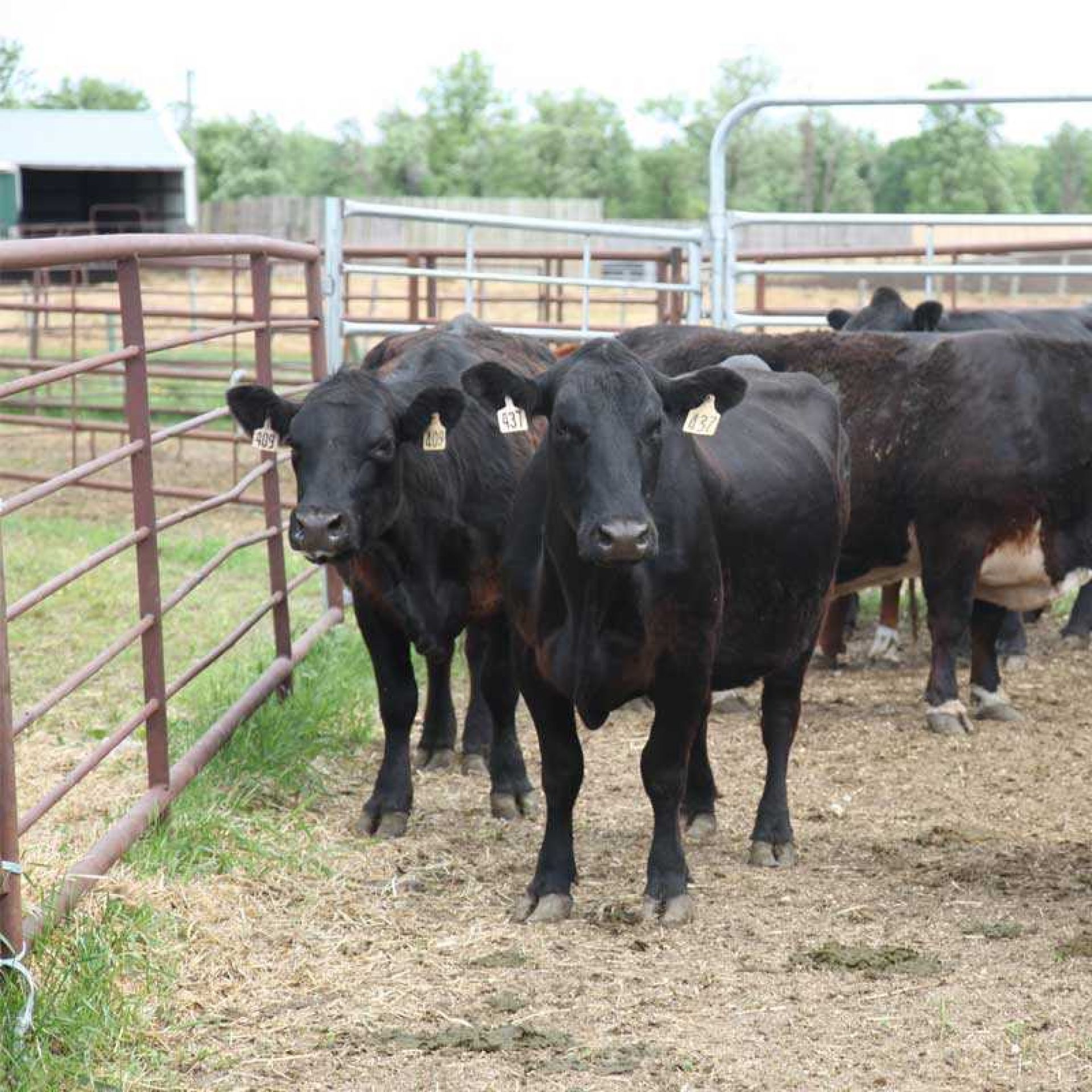12 Ways to Totally Ruin Your Cattle Handling System

You've invested hours of time analyzing cattle handling systems. Before you invest money into a system and more time into installing it, there are 12 often-overlooked items that can totally ruin your cattle handling system. Your time and money are valuable, make sure your system works for you by avoiding these common pitfalls.
1. Hot shots. The quickest way to undo all of the work you've done acclimating your cattle to your cattle handling system is to pull out a hot shot. With the right system and proper training electric prods aren't needed at all in your cattle handling system. Working in the animal's flight zone and with proper stockmanship skills will eliminate the need for hot shots.
2. Not enough alley gates. When you're on the fence about adding another alley gate or not, the answer is always yes, add the alley gate. Benefits of extra alley gates include improved flexibility in cattle handling, safety features, and the ability to more carefully separate cattle.
3. Too many cattle at once. Overcrowding never leads to happy endings. In a cattle-handling system this issue is magnified. Too many cattle can strain the system, create tension among animals and be a safety hazard for humans and livestock. Don't move an animal into the system until there is somewhere for them to go.
4. Bad first experience. We have three tips for you: acclimatize, acclimatize, and acclimatize. It works. Cattle memories are specific, and they need to be acclimatized to they system they will be worked in. New cattle, any changes to the system (including adding a new alley gate or eliminating a dead end) will require re-acclimatization.
5. Speaking of dead endsÀ¦. Most cattle handling systems are flexible to several different procedures and sizes of cattle, dead ends usually occur accidentally, but can be avoided through proper planning and preparation. A dead end can happen in the area leading up to your cattle handling system, or within the system itself. Carefully review your system and look at every way that a cow could go through the system if done correctly or incorrectly. Where are possible dead ends? How can they be eliminated? It may be as simple as adding another alley gate.
6. Not enough space. "Anytime we can create cattle flow where they can go past where we need them to end up it will make handling and processing easier,À says Dr. Ron Gill. Cattle should be able to come back to where they need to be with minimal pressure.
7. Cat walks. When installed in a cattle-handling system they work against cattle behavior and handling guidelines, since the handlers are now above the cattle, as a predator would be. Look for a design that works with cattle, keeps handlers safe, and has cattle and handlers with all feet on the ground.
8. Lack of training for employees. Training and refresher courses for employees are vital to cattle safety and reducing their stress. Set a schedule and stick to it.
9. Skipping the safety check. It only takes a couple of minutes, and it can mean the difference between an efficient cattle procedure and injury to a human or animal. Always perform a safety check on a cattle handling system prior to use and fix anything that is broken, damaged, or wearing out.
10. Acting like a predator. Dr. Ron Gill recommends working cattle in triangles, utilizing their flight zone. Cattle perceive moving in an arch pattern as predatory; straight lines will encourage the cattle to move forward.
11. Lack of light. Lighting matters, and cattle will move towards light. Natural daylight (and plenty of it - cattle don't like dark areas) is the best way to address the lighting issue in your cattle handling facility. If natural light isn't an option make sure that you have enough light fixtures installed so that the cattle can see. There should also be lighting for the employees wherever they happen to be situated that day.
12. Forgetting about flooring. Get a grip... on the floor that is. Non-slip flooring is essential in your cattle handling facility. Cattle need to feel secure and will panic if they begin to slip. Some cattle handling systems, such as those at Arrowquip, have specially designed rubber flooring to keep cattle calm in the chute. Even a concrete area outside of the cattle handing facility can be renovated to reduce injury to animals and people from slipping.
We all make mistakes and there is no such thing as perfect. However, the best cattle handlers learn from the mistakes of others. Avoiding these 12 pitfalls will help create a low stress and efficient cattle handling system on your operation.
Avoid these common cattle handling mistakes
The easiest way to improve your handling system? Add a Rolling Alley Gate!
Sources:
Temple Grandin - Behavioral Principles of Livestock Handling
Ministry of Agriculture, Food & Rural Affairs Ontario
Temple Grandin - Solving Livestock Handling Problems
Effective Stockmanship
Beef Magazine
Iowa Beef Center
About the Author

Dana Charban
As a small town girl from rural Manitoba, Dana Charban grew up around agriculture and farming her en...More Information on Dana Charban
Email Dana Charban:






Comments
Join the Discussion
Comments